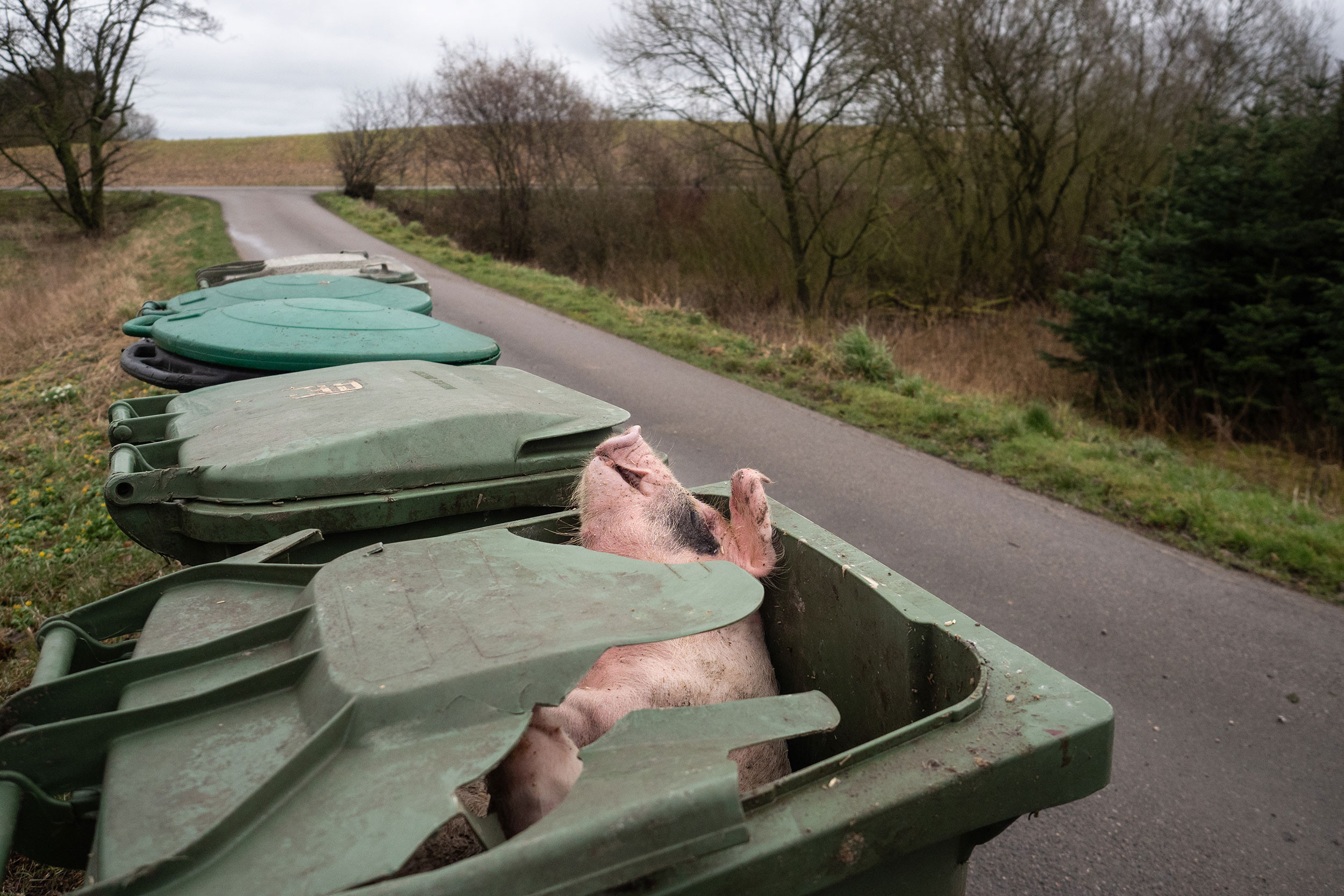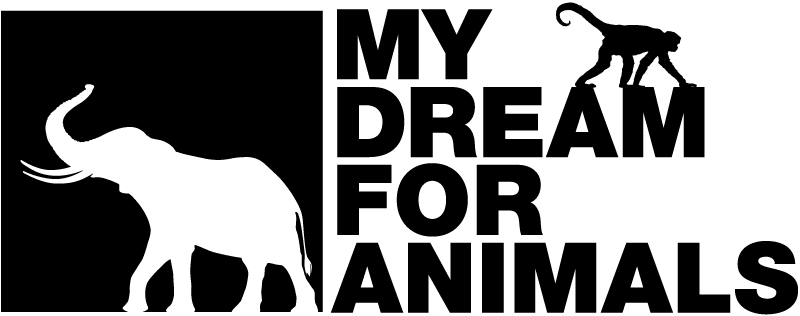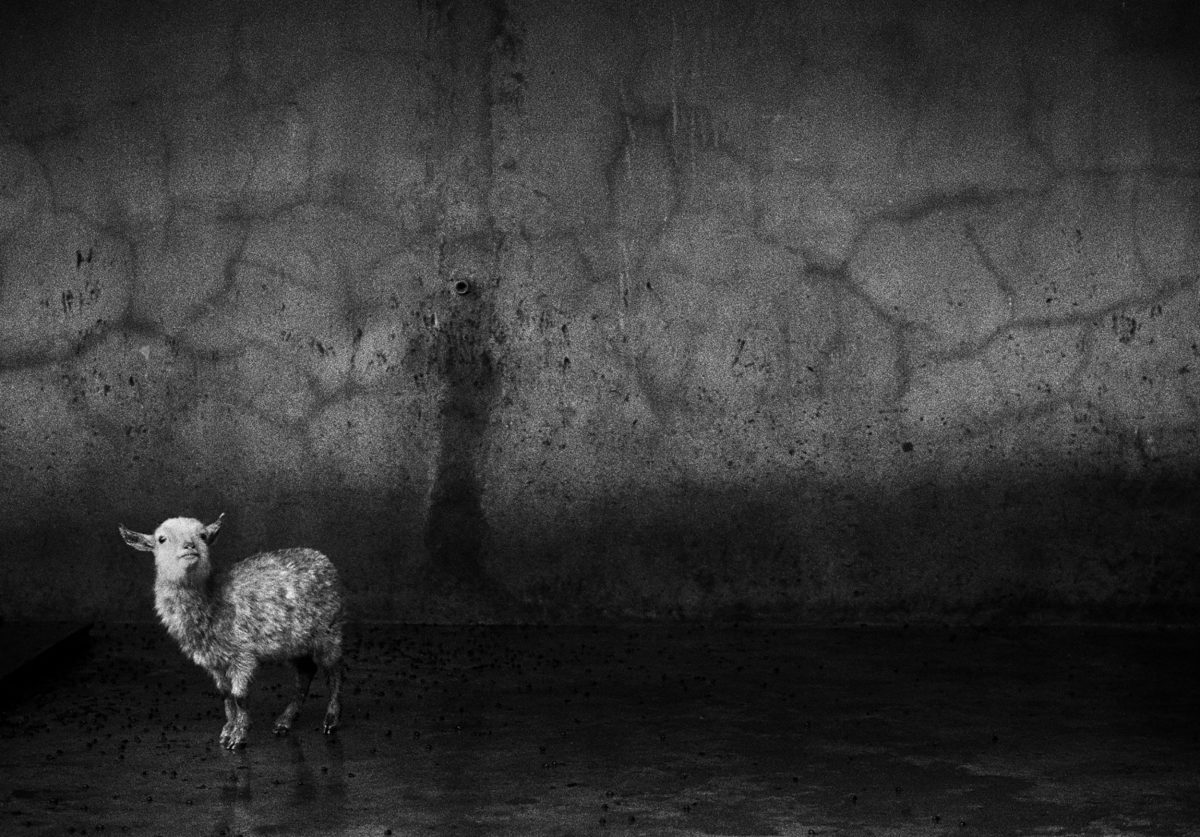
Hidden: Animals in the Anthropocene
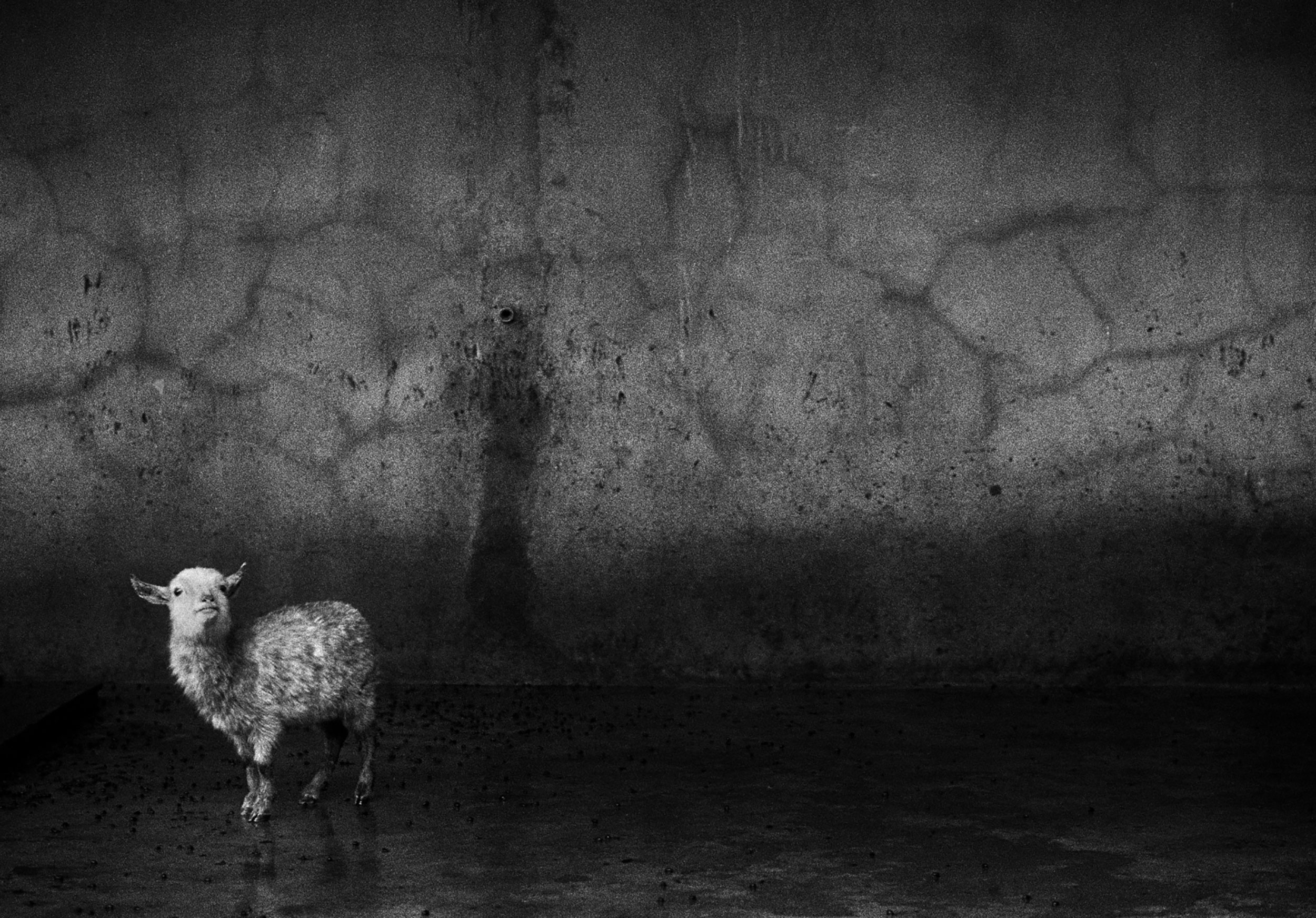
“Our ultimate goal is that this collection of difficult photographs will inspire compassion, conversation, and most importantly, change”
Hidden: Animals in the Anthropocene
HIDDEN: Animals in the Anthropocene is an unflinching book of photography documenting our relationship with non-human animals in the 21st Century. It focuses on the invisible animals in our lives: those with whom we have a close relationship and yet fail to see. They are the animals we eat and the animals we wear. They are the animals used in research and for entertainment, as well as the animals we sacrifice in the name of tradition and religion.
HIDDEN includes the work of a global community of photographers, 40 of the world’s best animal photojournalists who work globally to investigate, document, and expose animal use. Editor Jo-Anne McArthur’s previous books include We Animals and Captive; editor Keith Wilson’s include Photographers Against Wildlife Crime, Remembering Elephants, and Remembering Rhinos.
An Interview with Creator and Co-Editor Jo-Anne McArthur

What was the origin of ‘Hidden’? Where did the idea for the book originate?
There is a war photographer, James Nachtwey who put together a tome of a book called Inferno, which documents genocide, famine, civil war and what we do to one another, which moved me to the core, and I knew animals needed a book like this. With the growing number of photographers who are turning their lenses to an invisible war, one that few people see, the war on animals, I knew we could create something historic, an indictment. Not sugar coated. A document of what is and what never again should be. When done well, books have staying power and they start conversations. With that in mind, we chose to go big with heartbreaking, unflinching images because we wanted anyone looking at HIDDEN to be stunned. And informed. And moved to no longer contribute to these industries.
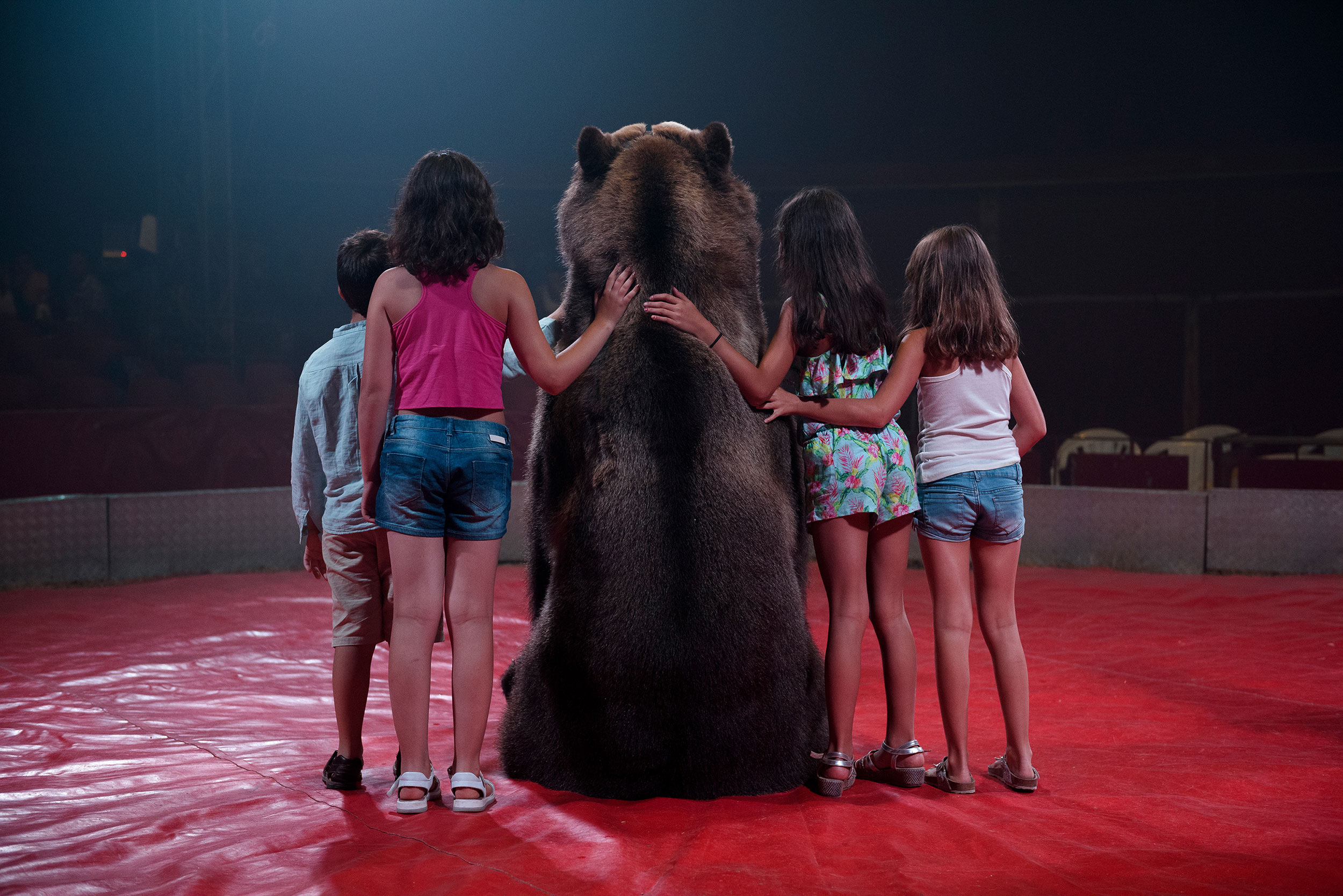
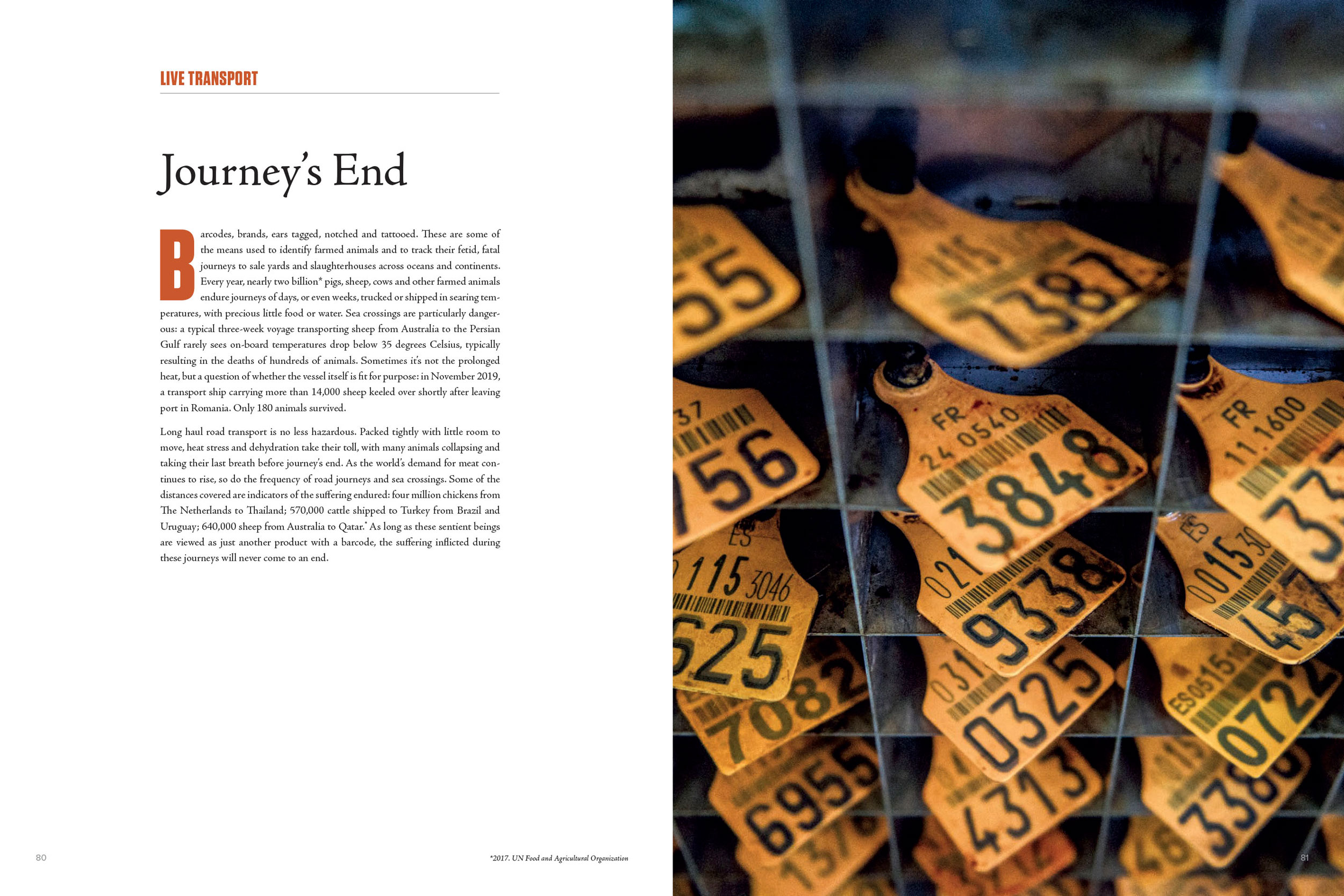
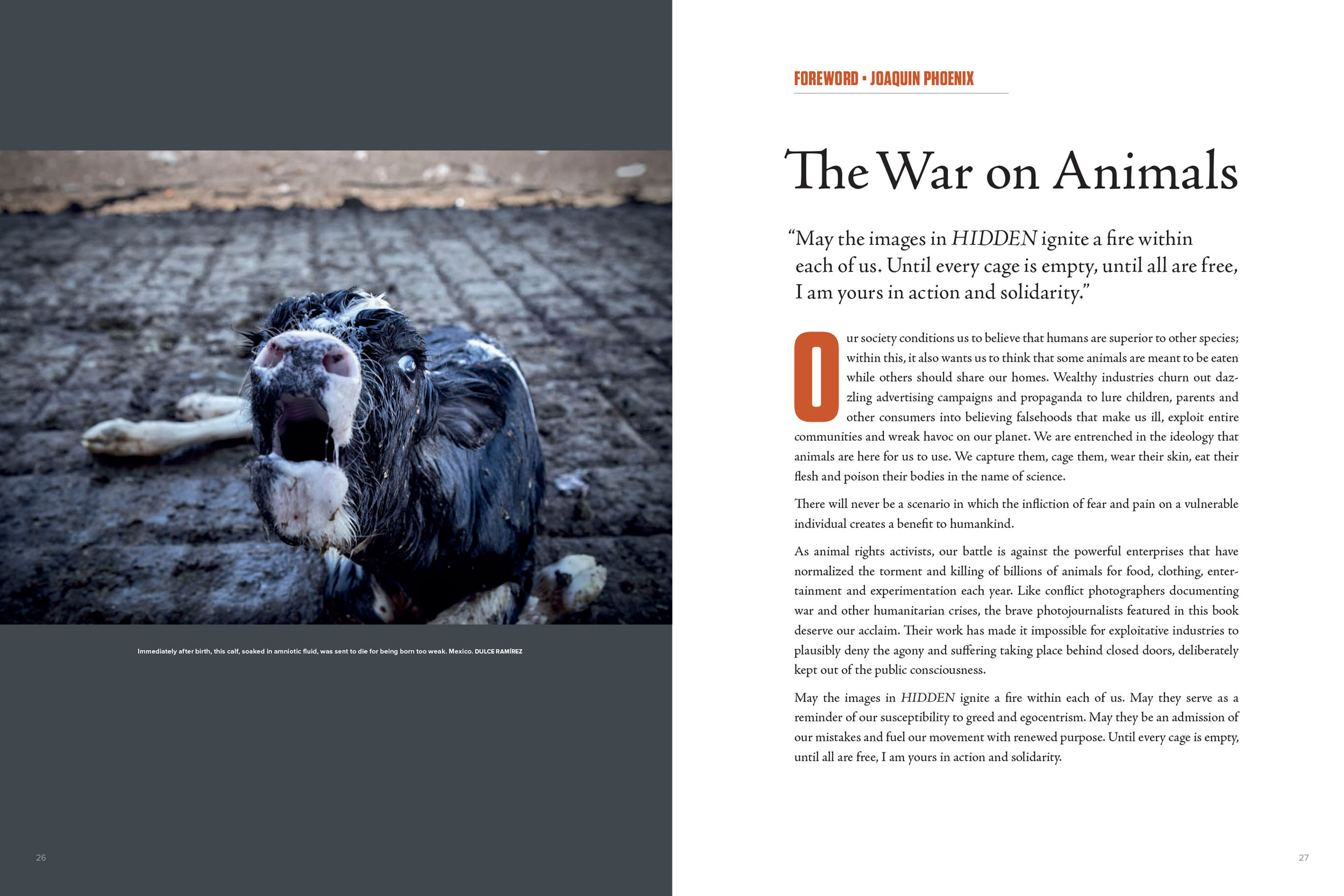

The book covers a wide range of hidden animals. Which animals in particular are more hidden than others? Which industries in your opinion exploit animals the most?
Farming today doesn’t look like it used to. What we think of as farms are often massive industrial complexes. There are now even “hog hotels” in China, built vertically. Concentrated Animal Feeding Operations – CAFOs – hold billions of animals globally, and animal photojournalists often turn their lenses to this problem. The animals in CAFOs are stuffed in there, without exaggeration; many of these animals can’t turn around in their crates or stretch their wings, and have short miserable lives before being transported to slaughter. Fishes are also mass farmed now, both on land and in sea pens. We can’t possibly count the number of fish farmed each year, so they are counted by weight, by the tonne.
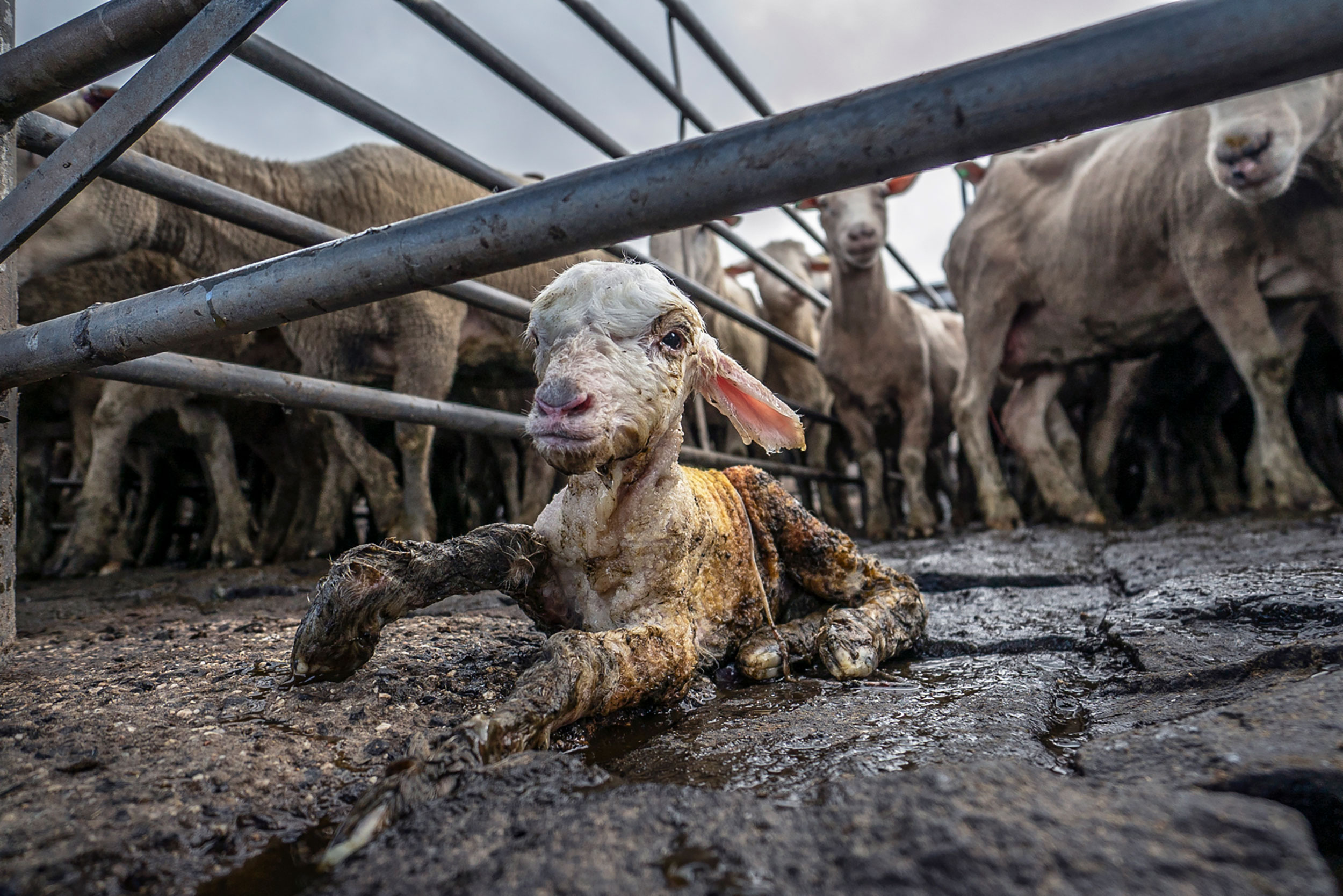
How many photographers contributed to the book? How were the photographers chosen?
HIDDEN represents the work of 40 photojournalists who have – and continue to – document animal stories. I’ve been keeping an eye on the work of many photographers, and visual animal stories overall for a number of years, and knew there were a handful of people whose work had to be in the book. Aitor Garmendia, Andrew Skowron, Britta Jaschinski, Konrad Lozinski and Amy Jones are but a few. We also reached out to individual photographers who had shot exceptional stories, or who were in the field while we were making the book. From there, it wasn’t so much about selecting the photographers as the strongest images, and building a poignant and concise narrative.
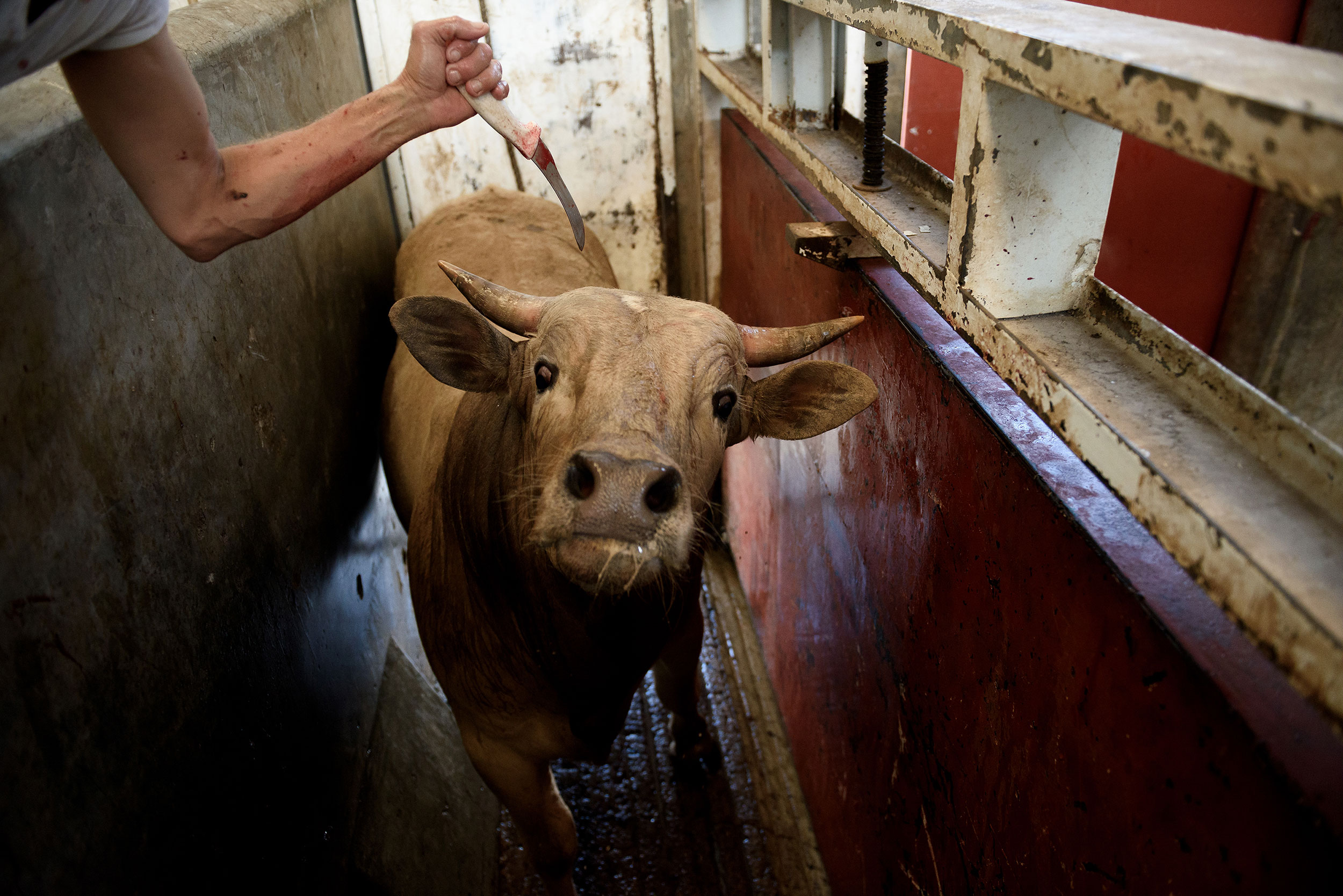
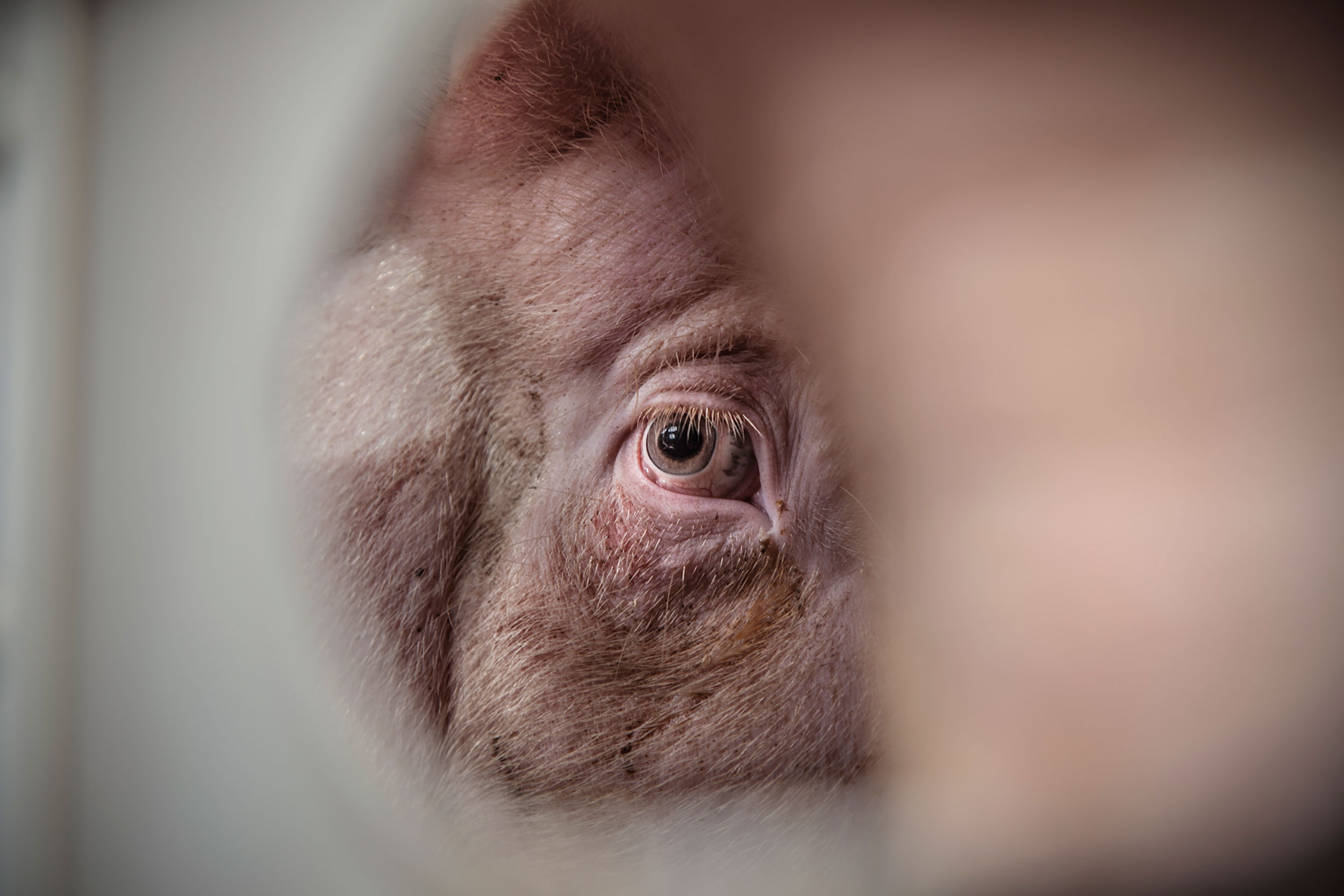
Many of the images in the book are difficult to see. How are you mentally able to bear witness to such atrocities? How do you keep faith in humanity?
The work is difficult and painful because I care so much about others, and have a lot of empathy, but the action and change that comes from the work is catharsis. I’ve learned not to carry the pain. If I were to do that, I would have quit years ago as suffering is exhausting and demoralizing. But I can observe the pain in the world without carrying it on my shoulders every day.
I had to learn how to do that. I am, as a baseline, a really happy person, but after so much fieldwork I started to become depressed and was diagnosed with PTSD, so I had to not sponge up the suffering of others while also continuing to do something about it. Therapy helped, and I regularly meditate on impermanence and just how fortunate we are to be here in this brief moment in time, how improbable and awesome it is. So, I try to live in the present and make the most of every moment and be happy. I wish this for everybody. We can accomplish more, be more, when we are content.
Experiencing suffering – ours and theirs – is a learning opportunity to care more and to grow. It’s an opportunity for resilience. The closer we can get to it and see that we can take part without getting destroyed is galvanizing. We’re seeing a rise in animal law, changes in policy, positive changes everywhere really, slowly but surely. I’m heartened that there are more ways than ever to participate in animal advocacy.

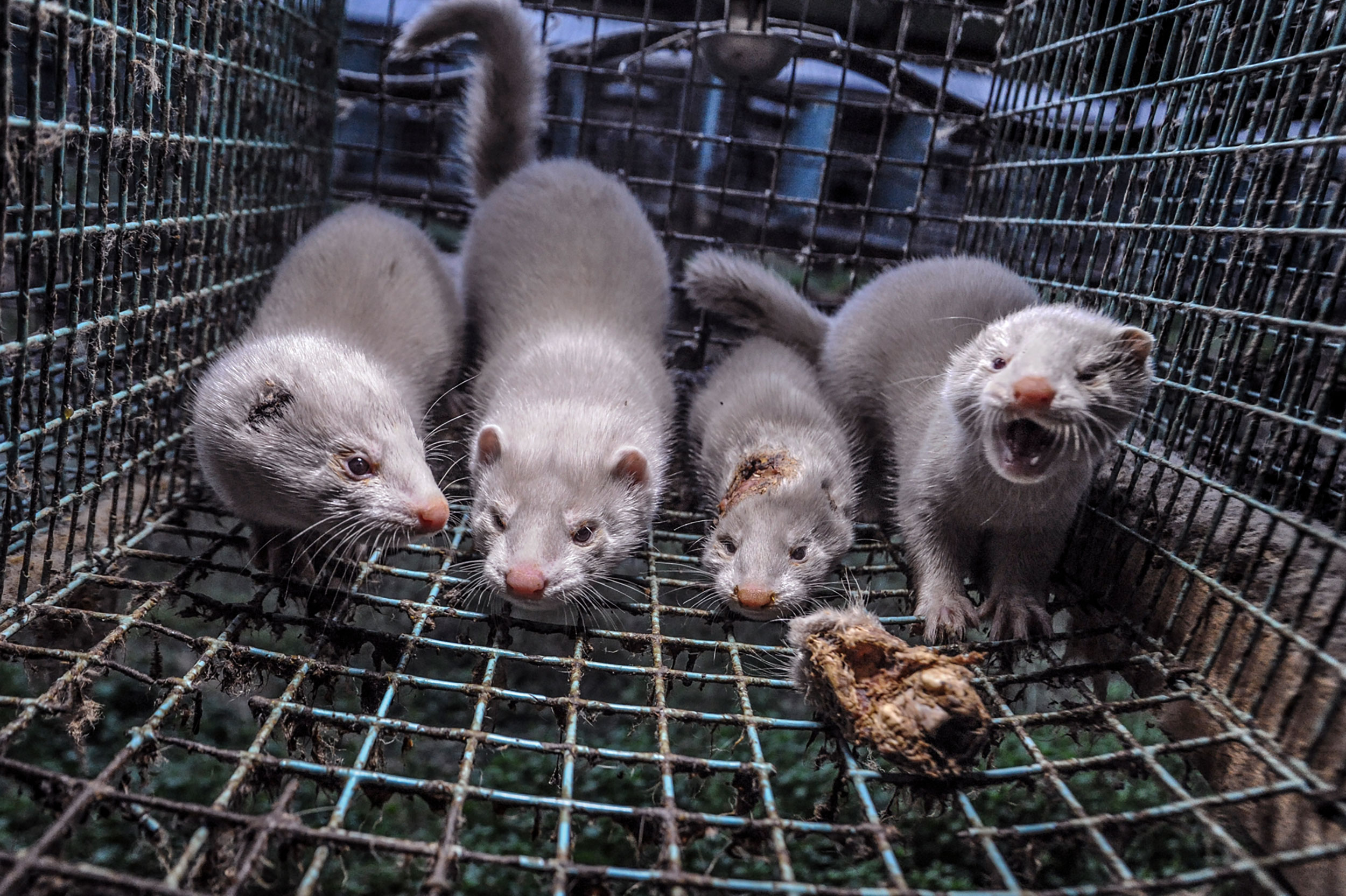
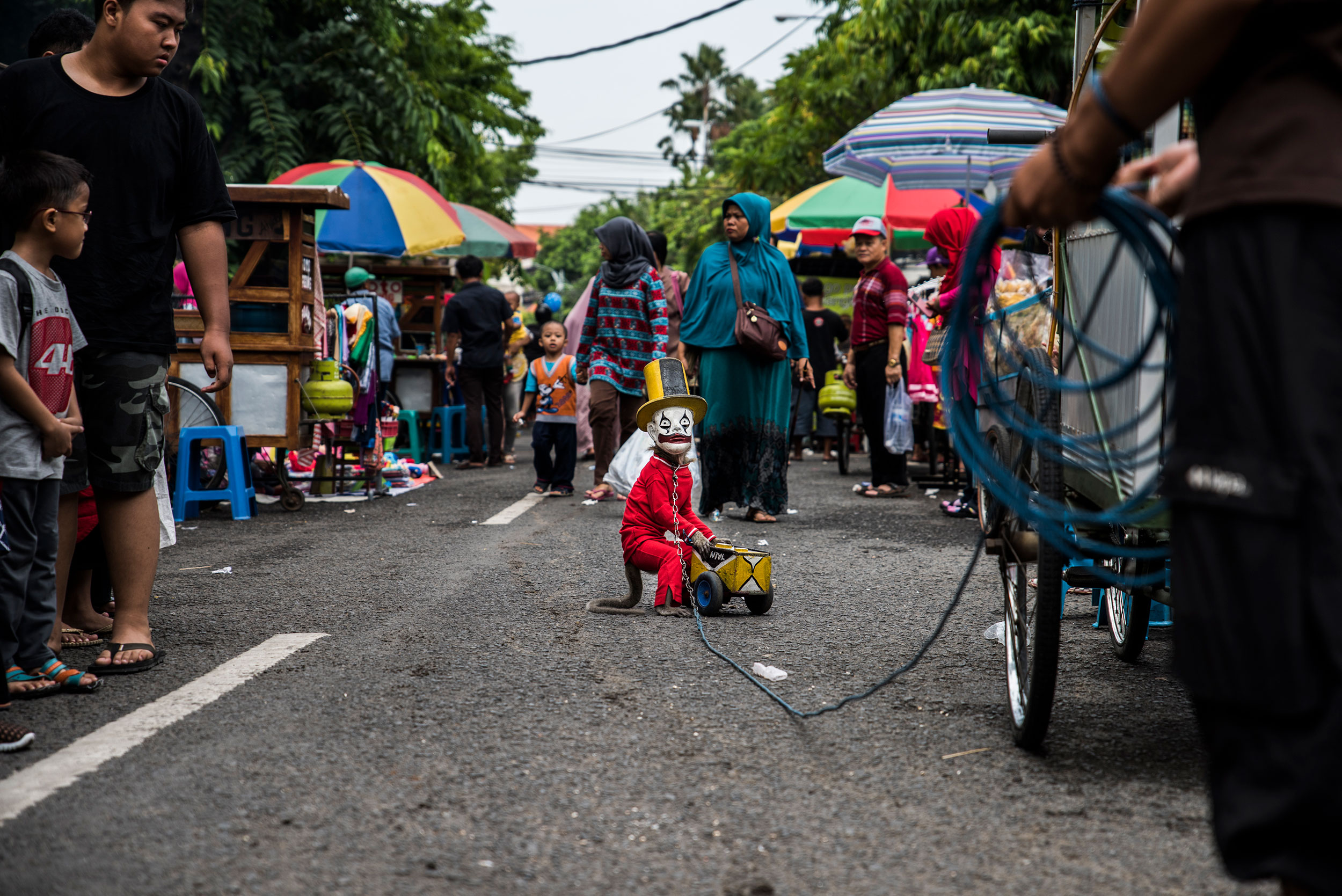
How were you guys able to infiltrate some of these notoriously secretive industries to capture images?
Carefully! Observation, planning, strategy, and learning to use our tools in tricky technical situations so that we’re getting good video and photos in a short amount of time.
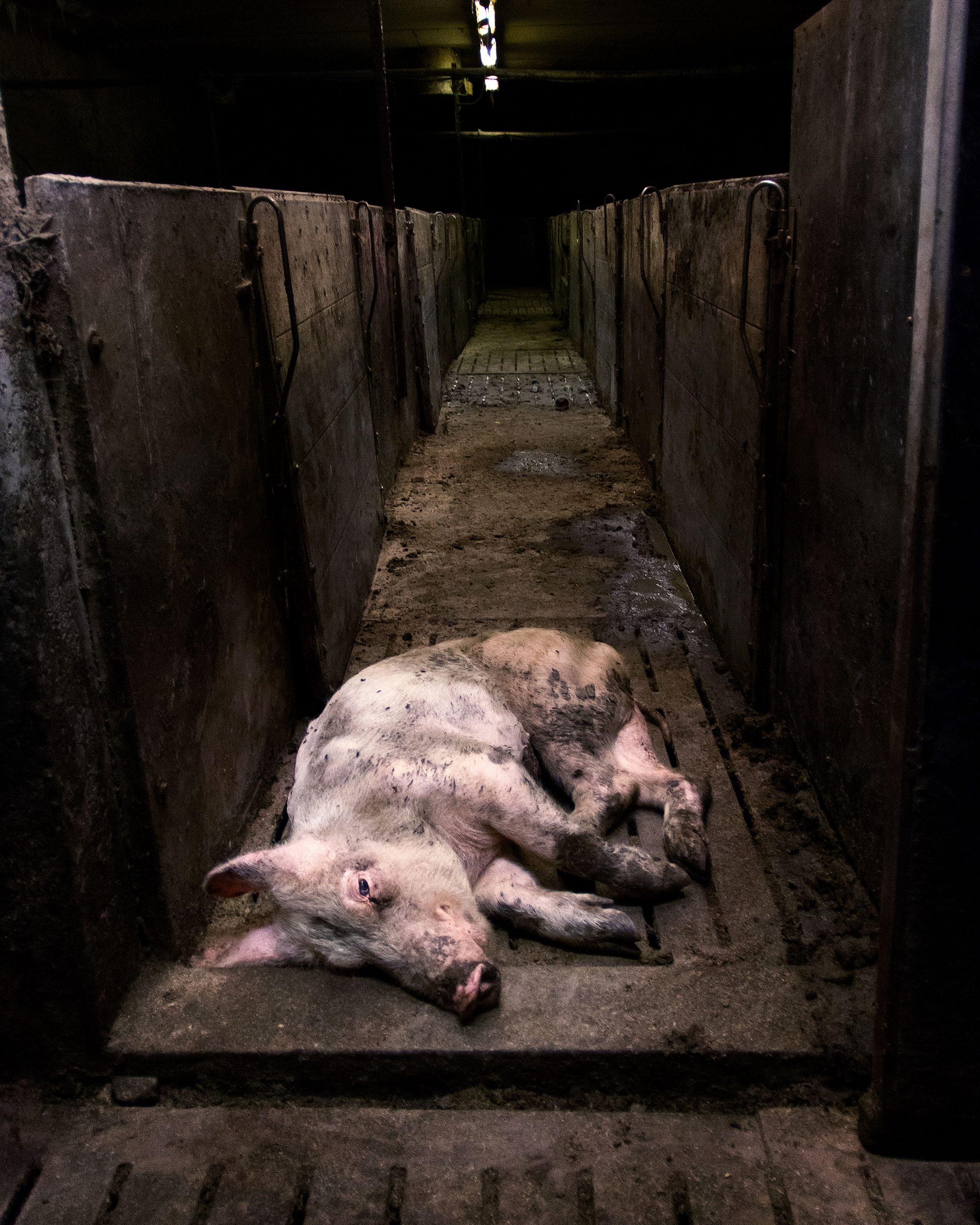

The animal rights movement is growing rapidly, are you optimistic about the future for animals?
Absolutely. We’re on the right side of history and that gives me energy and momentum. It’s clearer than ever that industrial farming needs to end. For every reason: for the animals, the environment, humanity. More people than ever are working to curb this thing. While there is a rise in meat-eating in some of the rising economies, we are also seeing veganism explode. I’m heartened by the many efforts happening on behalf of animals these days, in food tech, law, policy. There’s much to feel optimistic about.
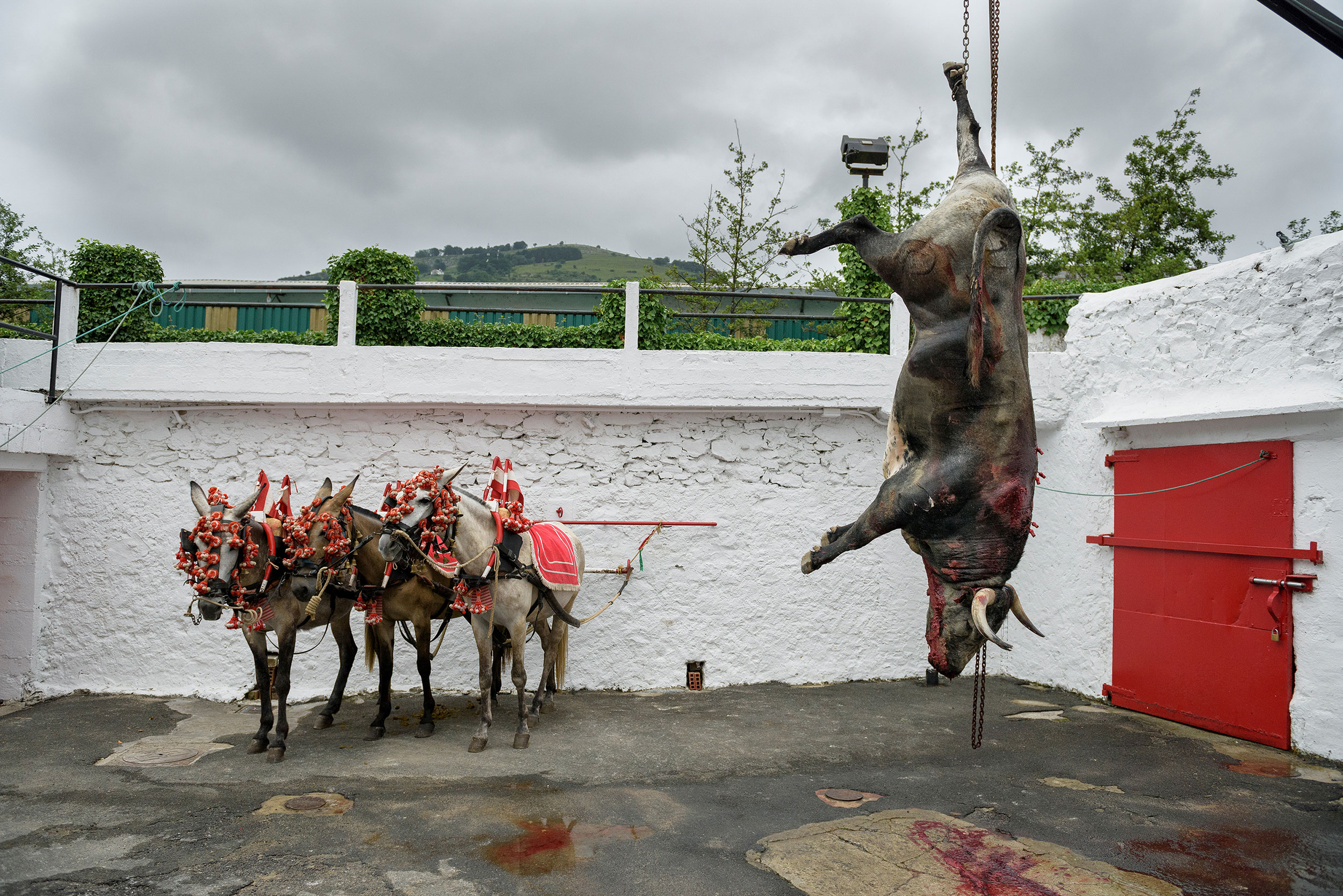
How do you feel social media has impacted the animal rights movement, and how can we use it’s reach to help animals?
Socials have been incredible for disseminating information about animals and animal advocacy but it needs to continue to grow out of its own echo chamber. This means using different kinds of messaging, aiming for new audiences, bridge-building with other issues and campaigns. We should be as strategic as possible when creating AR messages.
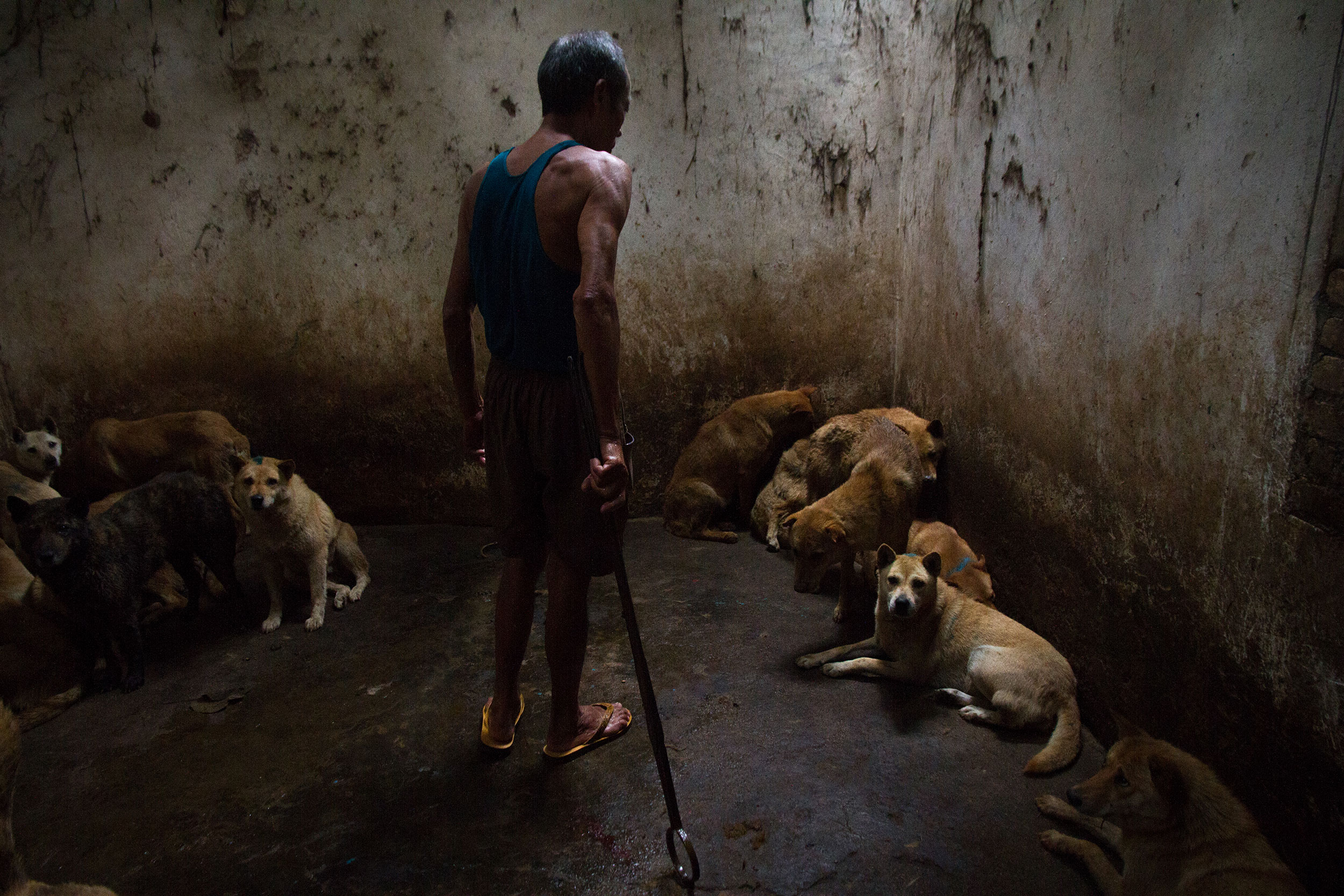
If you could give one piece of advice to people reading this, what would it be? What things could we do on a daily basis to positively impact animals’ lives?
Making decisions, both big and small, that help others is totally empowering. As a front-liner to the abuse of animals, I see the urgency with which we must act to end their suffering. It really is an emergency. Whatever you can do to make the world a kinder place for others, do it without delay. Donate to animal NGOs. Volunteer. Speak with your politicians. Buy only cruelty free products. Eat fewer animals. Eat no animals. Take part, take part, take part.
